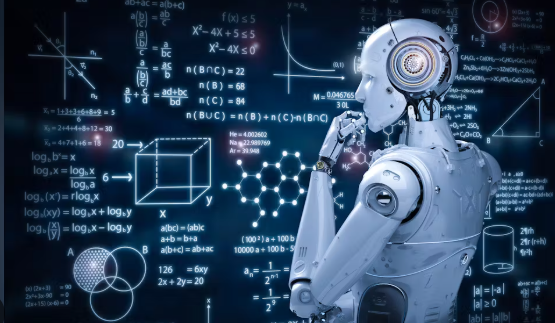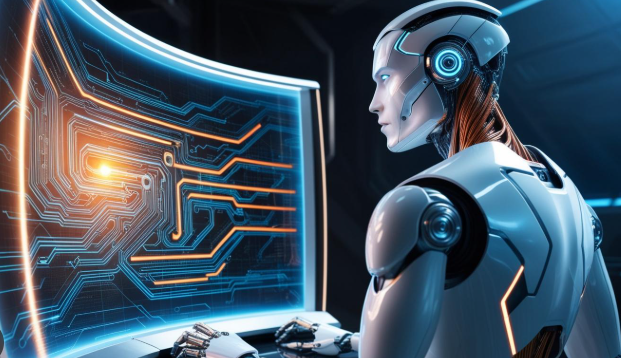The use of Artificial Intelligence (AI) in cybersecurity has evolved significantly over the years. What began as simple rule-based systems has now transformed into intelligent platforms capable of learning, adapting, and responding in real-time. Here’s a look at the key milestones in the history of AI in cybersecurity.
1980s: The Early Days
AI’s influence in cybersecurity started with basic rule-based systems. These early programs could detect known patterns of malicious behavior, but they were limited in scope and needed constant human updates.
1990s: Antivirus and Signature-Based Detection
Cybersecurity tools during this era relied heavily on static signature databases. AI was still in its infancy, and most systems could only detect threats already seen before. While effective against known viruses, they struggled with new or evolving threats.
Early 2000s: Introduction of Machine Learning
This decade saw the introduction of machine learning into cybersecurity. These systems could analyze data, identify patterns, and make decisions based on prior knowledge. While still primitive, they marked a move toward automation and intelligence.
2010s: The Rise of Behavioral Analysis
As cyberattacks grew more complex, AI started focusing on behavioral analytics. Instead of only looking for known malware, tools began studying user behavior to detect anomalies. This helped organizations identify insider threats and zero-day attacks more effectively.
Late 2010s: AI Goes Mainstream
AI-powered security tools became more widely adopted. Companies like Darktrace and Cylance introduced advanced platforms that used deep learning and self-learning models. These tools improved detection accuracy and reduced response times.
2020s: Autonomous Cyber Defense
AI now powers real-time threat detection, automated response systems, and predictive threat intelligence. With cloud computing, big data, and IoT, AI has become essential in managing the growing complexity of modern cybersecurity.
Conclusion
The journey of AI in cybersecurity reflects a shift from manual, rule-based defenses to smart, autonomous systems. As threats continue to evolve, so will AI, playing an even greater role in protecting digital assets across every industry.




Leave feedback about this